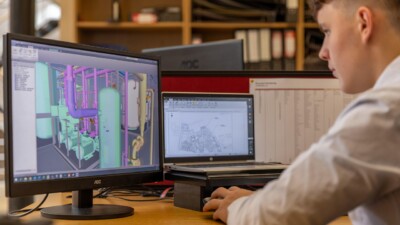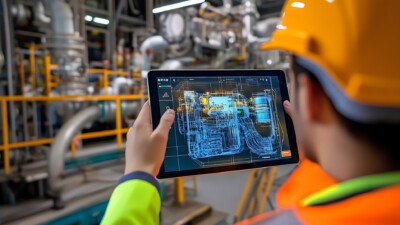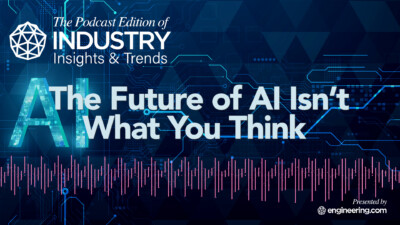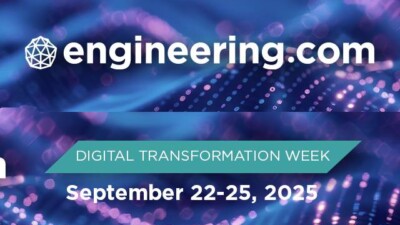PLM is no longer just a system of record—it’s an ecosystem that learns with engineers to create “conversational” product innovation.
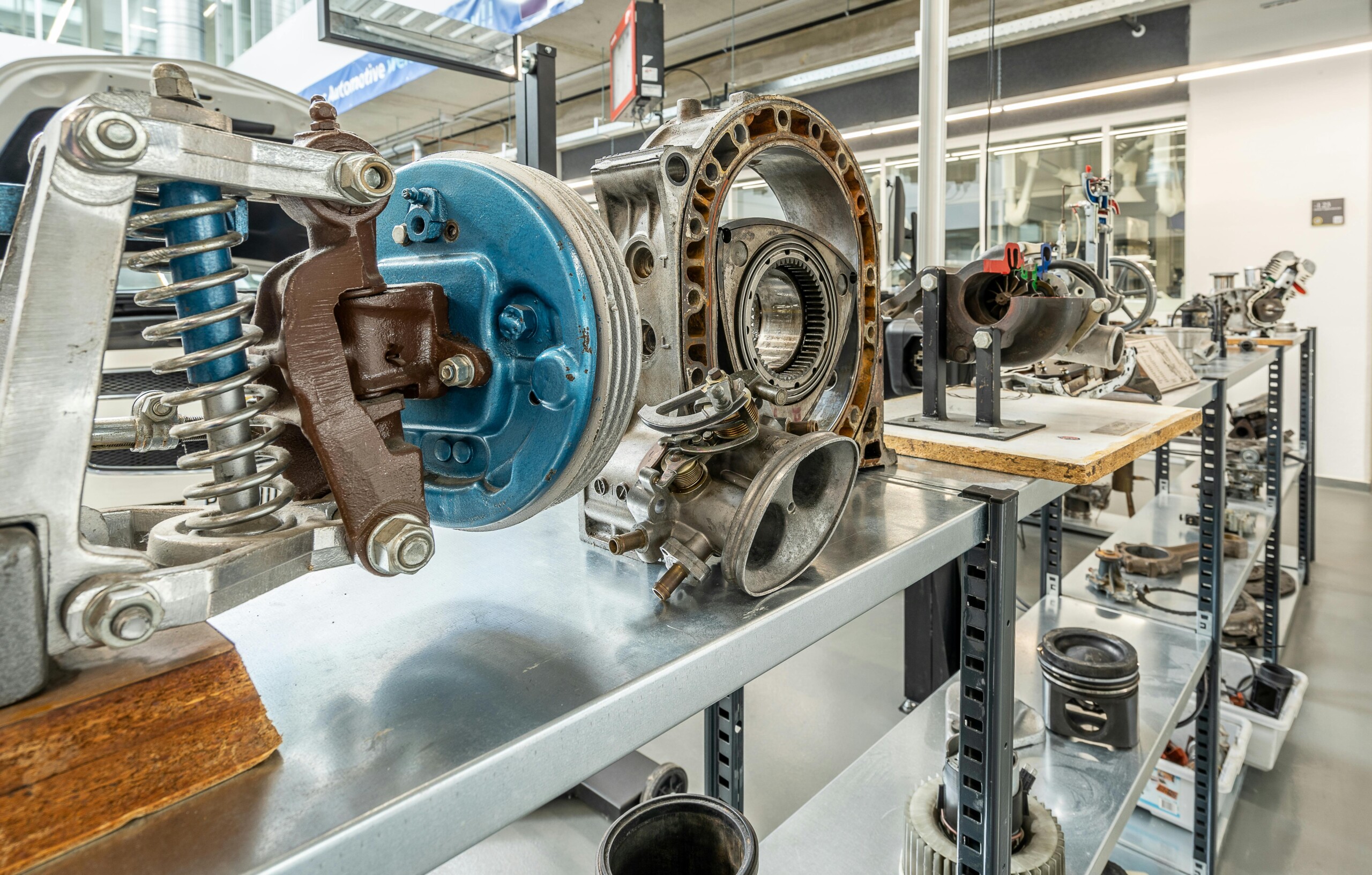
As Andrej Karpathy—former Director of AI at Tesla and a leading voice in applied deep learning—explains in his influential Software 3.0 talk, we are entering a new era in how software is created: not programmed line-by-line, but trained on data, shaped by prompts, and guided by intent.
This shift replaces traditional rule-based logic with inferred reasoning. Large Language Models (LLMs) no longer act as tools that execute commands—they behave more like collaborators that understand, interpret, and suggest. This is not just a software evolution—it’s a new operating paradigm for digital systems across industries.
This evolution challenges how we think about enterprise systems designed to support and enable product innovation—particularly PLM, which must now move beyond static data foundations and governance to embrace adaptive reasoning and continuous collaboration.
Legacy PLM: governance without understanding
PDM/PLM and alike systems have long played a foundational role in industrial digitalization. Built to manage complex product data, enforce compliance, and track design evolution, they act as structured systems of record. But while they govern well, they do not reason.
Most PLM platforms remain bound by rigid schemas and predefined workflows. They are transactional by design—built to secure approvals, ensure traceability, and document history. As such, PLM has often been seen as a brake pedal, not an accelerator, in the innovation process.
In today’s increasingly adaptive R&D and manufacturing environments, that model is no longer sufficient. Software 3.0 introduces a cognitive layer that can elevate PLM from reactive gatekeeping to proactive orchestration—but “only if we keep AI firmly on a leash” as Karpathy put it.
PLM that thinks
Imagine a PLM ecosystem that does not simply route change requests for approval—but asks why the change is needed, how it will impact downstream functions, and what the best alternatives might be.
This is the promise of LLM-powered PLM:
- Conversational interfaces replace rigid forms. Engineers interact with the ecosystem through natural language, clarifying design intent and constraints.
- Reasoning engines interpret the implications of product changes in real time—spanning design, sourcing, compliance, and sustainability.
- Agentic capabilities emerge: AI can suggest design modifications, simulate risks, and even initiate cross-functional coordination.
PLM becomes an intelligent co-pilot—responding to prompts, adapting to context, and surfacing insight when and where it matters most. The shift is from enforcing compliance to guiding innovation—while maintaining strict guardrails to prevent runaway AI decisions.
The cognitive thread
Software 3.0 does more than enable conversational PLM—it rewires how digital continuity is managed across the lifecycle.
Beyond the digital thread, we now see the rise of a cognitive thread: a persistent, adaptive logic that connects design intent, regulatory constraints, manufacturing realities, and in-market feedback.
- Decisions are traced not just by timestamp, but by reasoning path.
- Data is interpreted based on role, context, and business objective.
- AI learns from past projects to anticipate outcomes, not just report on them.
This transforms PLM into a system of systems thinking—an orchestration layer where data, knowledge, and human expertise converge into continuous learning cycles. It reshapes how products are developed, iterated, and sustained—with AI kept in check through rigorous validation.
Preventing PLM hallucination and entropy
With intelligence comes risk. Reasoning systems can misinterpret context, hallucinate outputs, or apply flawed logic. In safety-critical or highly regulated sectors, this is not a theoretical concern—it is a business and ethical imperative.
We must now ask:
- How do we validate AI-generated recommendations in engineering workflows?
- How do we trace the logic behind autonomous decisions?
- How do we ensure adaptive systems do not drift from controlled baselines?
As PDM/PLM/ERP/MES and other enterprise systems begin to think, new governance models must emerge—combining ethical AI frameworks with domain-specific validation processes. This is not just about technology. It is about trust, accountability, and responsible transformation.
Software 3.0 marks a turning point—not just for software developers, but for product innovators, engineers, and digital transformation leaders. It redefines what enterprise systems can be. In this new landscape, PLM is no longer the place where innovation is recorded after the fact. It becomes the place where innovation is shaped in real time—through intelligent dialogue, adaptive reasoning, and guided exploration—all while keeping AI safely on a leash.
Are we ready to collaborate with a PLM ecosystem that learns with products—but only within trusted boundaries? Because the next generation of product innovation will not be built on forms and workflows. It is very likely that it will be built on conversation, interpretation, and co-creation with validated AI assistance.

